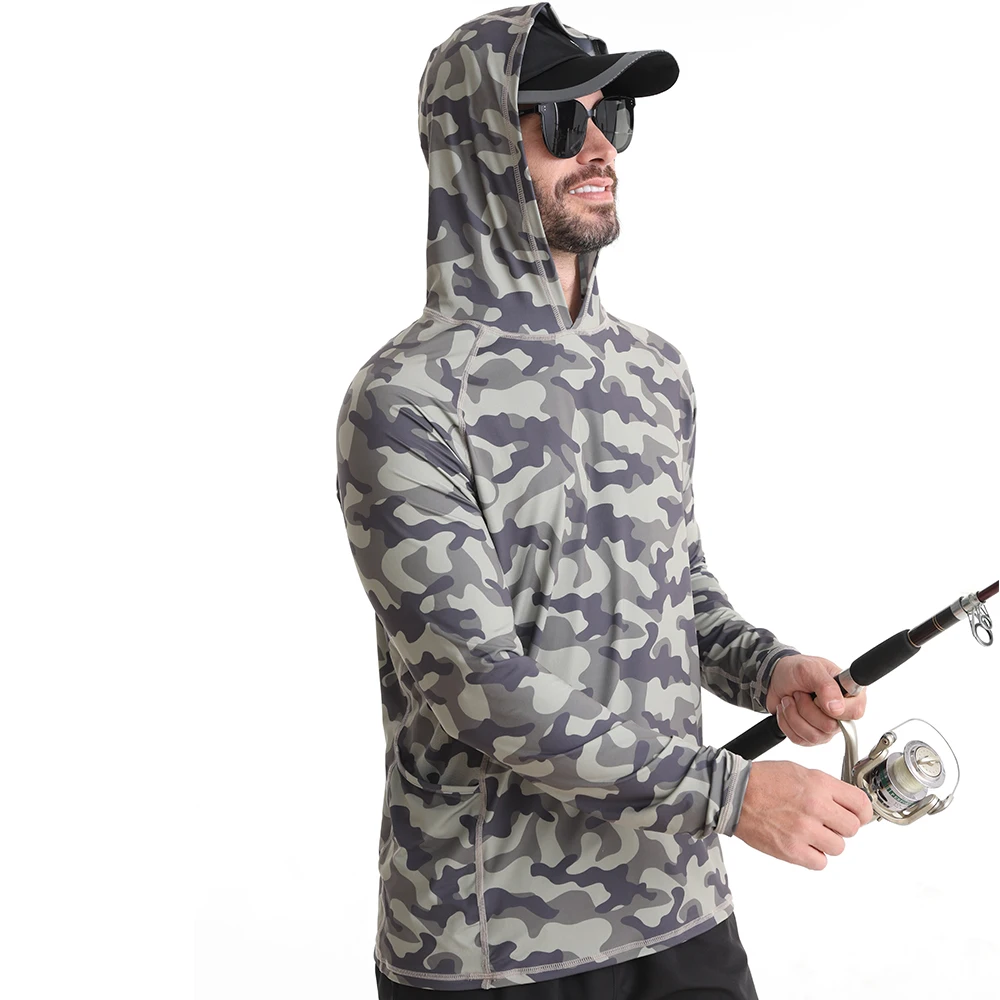about
PRODUCTS
9."The Role of Life Jackets in Professional Rescue Operations"
Enhanced Buoyancy and Floatation
The most obvious function of a life jacket is its provision of buoyancy. In the chaotic and often unpredictable environment of a water rescue, maintaining a positive buoyancy is paramount. A well-designed life jacket ensures the rescuer remains afloat, even when weighed down by heavy equipment or struggling with a victim. This is critical in situations involving exhaustion, injury, or unexpected immersion. The inherent buoyancy not only prevents drowning but also significantly improves the rescuer's ability to perform their duties effectively, allowing them to focus on the rescue task rather than fighting to stay above water. Furthermore, the improved buoyancy provided by specialized life jackets allows rescuers to effectively manage the weight of a rescued individual, preventing both rescuer and victim from becoming submerged.
The design of the life jacket itself is crucial to its effectiveness. Modern life jackets utilize various buoyancy materials, such as closed-cell foam or inflatable bladders, to provide sufficient floatation. The distribution of this buoyancy is equally important; a well-designed life jacket will keep the rescuer in a near-horizontal position, optimizing both breathing and the ability to maneuver in the water. This is especially critical when dealing with victims who are incapacitated or unconscious, as the rescuer needs to maintain control and stability while supporting their weight.
Protection Against Hypothermia
Water is a highly effective conductor of heat, leading to rapid hypothermia even in relatively warm temperatures. Hypothermia can severely impair judgment, coordination, and strength, drastically increasing the risk of both rescuer and victim fatality. Many professional life jackets are designed to incorporate features that mitigate this risk. These features often include thermal linings or layers of insulating material, helping to retain body heat and slow the onset of hypothermia. This thermal protection is particularly important in cold-water environments or during prolonged rescue operations where exposure to the cold water is inevitable.
The length of time a rescuer spends in the water directly correlates with the risk of hypothermia. A life jacket that enhances buoyancy allows the rescuer to work more efficiently, thus minimizing their exposure to the cold. The combination of efficient buoyancy and thermal protection significantly enhances the safety and endurance of rescue personnel, allowing them to perform their duties effectively even in challenging environmental conditions.
Improved Visibility and Signaling
In many water rescue scenarios, visibility is a significant factor. Rescue operations often take place in low-light conditions, turbulent waters, or areas with limited visibility. Professional life jackets frequently incorporate high-visibility features, such as brightly colored fabrics and reflective tapes, to improve the rescuer's visibility to both other rescue personnel and potential bystanders. This is crucial for ensuring a coordinated and effective rescue effort.
Beyond simple visibility, some life jackets are equipped with integrated signaling devices, such as whistles or even distress lights. These features can be invaluable in situations where communication is difficult or impossible, allowing the rescuer to signal for assistance or attract attention from a distance. In remote locations or during large-scale incidents, this improved signaling capability can be the difference between a successful rescue and a tragic outcome.
Enhanced Maneuverability and Equipment Carrying Capacity
A well-designed life jacket doesn't simply provide buoyancy; it also aids in maneuverability. Bulky or poorly designed life jackets can restrict movement, hindering the rescuer's ability to perform essential tasks. Professional life jackets are designed to allow for a full range of motion, ensuring that the rescuer can effectively swim, maneuver, and utilize rescue equipment without restriction. This is particularly important in confined spaces or during complex rescue maneuvers.
Furthermore, professional life jackets often incorporate features designed to carry essential rescue equipment. These features may include pockets, straps, or attachment points for securing tools, ropes, or other vital gear. This integration ensures that the rescuer has immediate access to the necessary equipment, streamlining the rescue process and improving efficiency. Carrying essential gear on the life jacket also prevents the rescuer from becoming weighed down by additional equipment that could compromise their buoyancy and maneuverability.
Conclusion
The role of life jackets in professional rescue operations extends far beyond simply preventing drowning. They are integral pieces of safety equipment that enhance buoyancy, protect against hypothermia, improve visibility and signaling, and even facilitate maneuverability and equipment carrying. Investing in high-quality, well-designed life jackets is not merely a matter of safety; it is a critical factor in ensuring the success and safety of professional water rescues, protecting both the rescuers who dedicate their lives to saving others and the individuals they bravely strive to save.
SUBSCRIBE
INQUIRY





